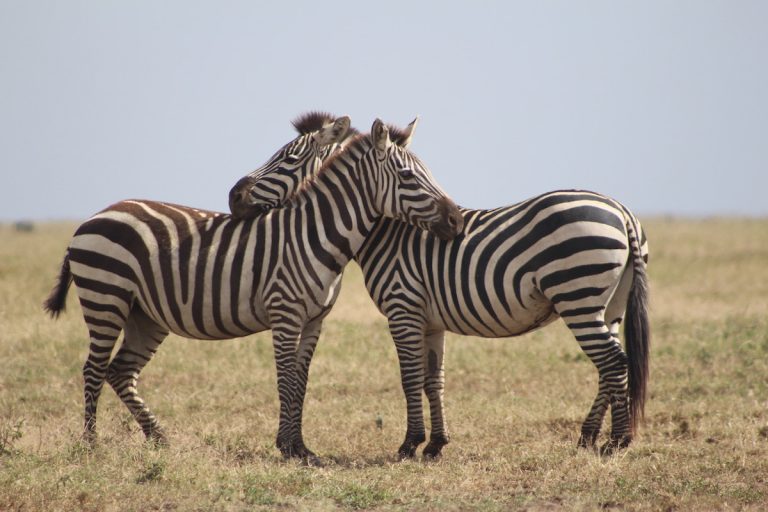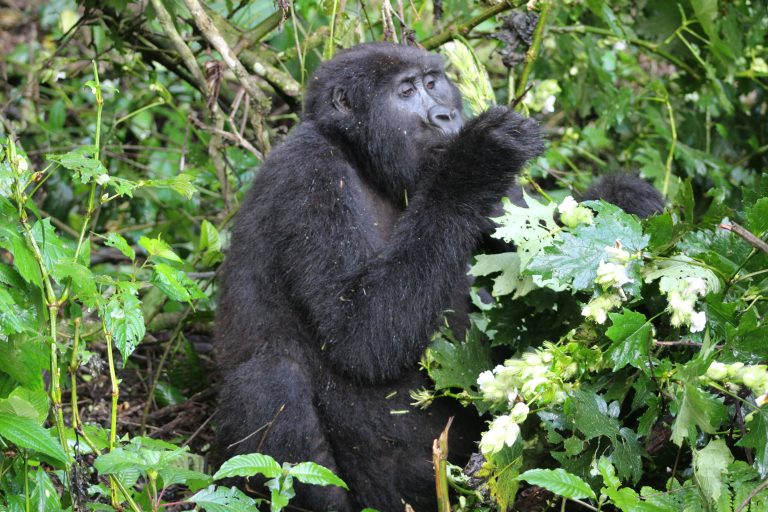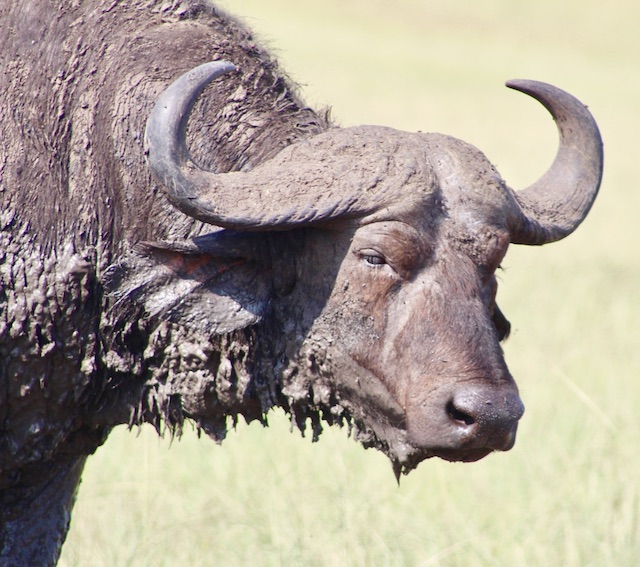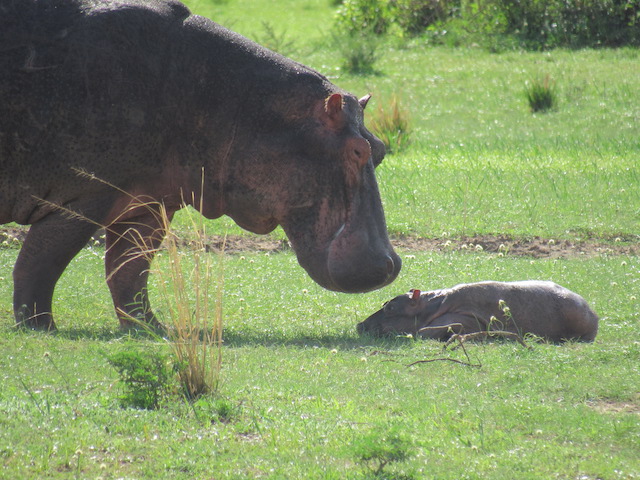Kenya is the origin of the African horse safari, the East African country provides unrivaled chances for horseback safaris. A Kenyan horseback riding safari is most known for providing the opportunity to ride amidst Kenyan’s spectacular wildlife spectacles; for instance, the world-famous wildebeest migration. Imagine cantering alongside large herds of wildebeest and zebra migrating from Tanzania’s Serengeti to the Masai Mara. Meanwhile, the long and undulating savannah is teeming with the entire Lion King cast. So fascinating!
Besides the Mara, you can choose to ride through the steep rocky outcrops of Laikipia’s high region. Or perhaps mix the two for the ultimate safari adventure. Now, most people associate Kenya with the magnificent game and jeep safaris, encountering all of this from the back of a horse, is one of the most fantastic things to do in the wild. You, nature, and your horse are the only ones there. Horseback safaris in Kenya, are both thrilling and luxurious. And although most of them are designed for the brave, confident riders who enjoy the thrill of the ride, there are also rides that favor the less experienced riders.
Kenya’s horseback safaris are ideal for all travelers, including solo riders, honeymooners, and even non-riders accompanying them. There are various fantastic horseback safaris in Kenya. But first, here’s a rundown of the best places to enjoy a horseback safari in Kenya;
Horseback Safaris in Masai Mara
Masai Mara National Reserve in South-West Kenya is the image of African wildernesses that most people have in their minds. Named after its natives, the Maasai, Masai Mara is located in the country’s southwest and is essentially a continuation of the Serengeti. It is well-known for both its game and its people, the Maasai. These are tall, graceful people with exceptional bouncing abilities, dressed in colorful robes and completely attuned to their surroundings.
On the other hand, the Mara’s charm presents one of Africa’s most diversified ecosystems. It is home to over 95 species of mammals and 570 documented species of birds. This authentic African wilderness, with its wide-open plains abounding with wildlife, provides a beautiful setting for a once-in-a-lifetime horseback safari. In the Mara are the Big 5 – lion, leopard, elephant, buffalo, and rhino – as well as giraffe, cheetah, hippopotami, hyena, and antelope, among much other wildlife. There are also long-crested eagles, vultures, secretary birds, hornbills, cranes, pygmy falcons, marabou storks, etc. here.
The Chyulu Hills
Chyulu Hills, which connects Tsavo West and Amboseli national parks, has spectacular and diverse scenery for horseback safaris under the shadow of Mount Kilimanjaro. This is a spot where time has stopped, and you are more likely to find a lion’s paw print than a human footprint. Ride over ancient elephant pathways, canter through boundless meadows of golden grass, or take a break to explore the jagged jumble of extinct volcano craters, unrestricted by highways. The rare Gerenuk, the endangered Black Rhino, and some of the world’s most spectacular “large tusker” elephants can all be found here.
The Laikipia Plateau
The Laikipia Plateau, which stretches from the snow-capped heights of Mount Kenya to the rim of the Great Rift Valley, is becoming known as one of Kenya’s best-kept secrets. Some of Kenya’s best conservation success stories occur here, in this mix of agriculture and conservancies. The vast wide plains provide a home for animals, and you may come face to face with endangered species such as black rhinos, Grevy’s zebra, and wild dogs. This location is designed for adventurous travelers, with uncommon activities such as climbing Mount Kenya, seeing chimp sanctuaries and exploring wildlife on a horse.
In Laikipia, wildlife is allowed to roam freely through the conservancies, ranches, and community areas that surround it, all the way into Kenya’s northern rangelands. Thus, travelers have privileged access to the ethnically diverse cultures of the Mukogodo Masai, Samburu, and other peoples because of high levels of community interaction and participation.
What is the best time to go for a Horseback Safari in Kenya?
Horseback safaris in Kenya vary depending on the season, and the location of your safari. For a horseback safari in Kenya, time is important. While most parks and game ranges are open for the majority of the year, several of the main parks are quite difficult to access in November and during the rainy months of March to early May. And because the terrain can get muddy during the rainy season, one should limit one’s riding time throughout these months. The African summer may be rather hot, with the sun blistering as early as 10 a.m. and temperatures cooling only late in the evening. If you’re riding in the plains, you should be prepared for this, but highland ranges and parks can be rather forgiving even in summer. Therefore, horseback safaris in Kenya are best done during the drier months of the year.





